Parisian Landmarks: A Journey Through Time
Explore the heart of Paris on a captivating tour, including a 2 hour your including eiffel tower. Immerse yourself in the city's rich history and culture during this free walking tour.
Time
2 Hours
Stops
8 Places
Distance
5.2 km
Trocadéro Gardens
Start your tour at the Trocadéro Gardens, providing a stunning view of the Eiffel Tower, perfect for photos and an introduction to Paris's iconic architecture.

Trocadéro Gardens (Source: Google Maps)
The Trocadéro Gardens, designed in the 19th century, provide one of the best views of the Eiffel Tower. The gardens are adorned with fountains, sculptures, and beautifully landscaped terraces, making it a popular gathering spot for tourists and locals alike. Originally built for the 1878 Exposition Universelle, the gardens reflect the French formal garden style, featuring symmetrical layouts and vibrant flowerbeds. The Palais de Chaillot, located at the Trocadéro, houses several museums and offers a cultural backdrop to the stunning views of the Eiffel Tower. This area is not only a visual delight but also a historical landmark, symbolizing the artistic and architectural advancements of Paris during the Belle Époque.
Eiffel Tower
Walk across the Seine to the Eiffel Tower, the most iconic symbol of Paris, where you can admire its grandeur and learn about its history and significance.

Eiffel Tower (Source: Google Maps)
The Eiffel Tower, completed in 1889 for the Exposition Universelle, stands as a global icon of France and a masterpiece of engineering. Designed by Gustave Eiffel, the tower was initially criticized but has since become a beloved symbol of Paris, attracting millions of visitors each year. At 1,083 feet tall, it was the tallest man-made structure in the world until 1930. The tower is constructed of wrought iron and showcases intricate lattice work, embodying the innovation of the Industrial Revolution. Visitors can ascend the tower for breathtaking views of the city, and its illuminated silhouette at night creates a magical ambiance. The Eiffel Tower represents not just architectural prowess but also the spirit of Paris, making it a must-see landmark.
Champ de Mars
Continue to the Champ de Mars, a large public greenspace offering a relaxing stroll and another perspective of the Eiffel Tower.
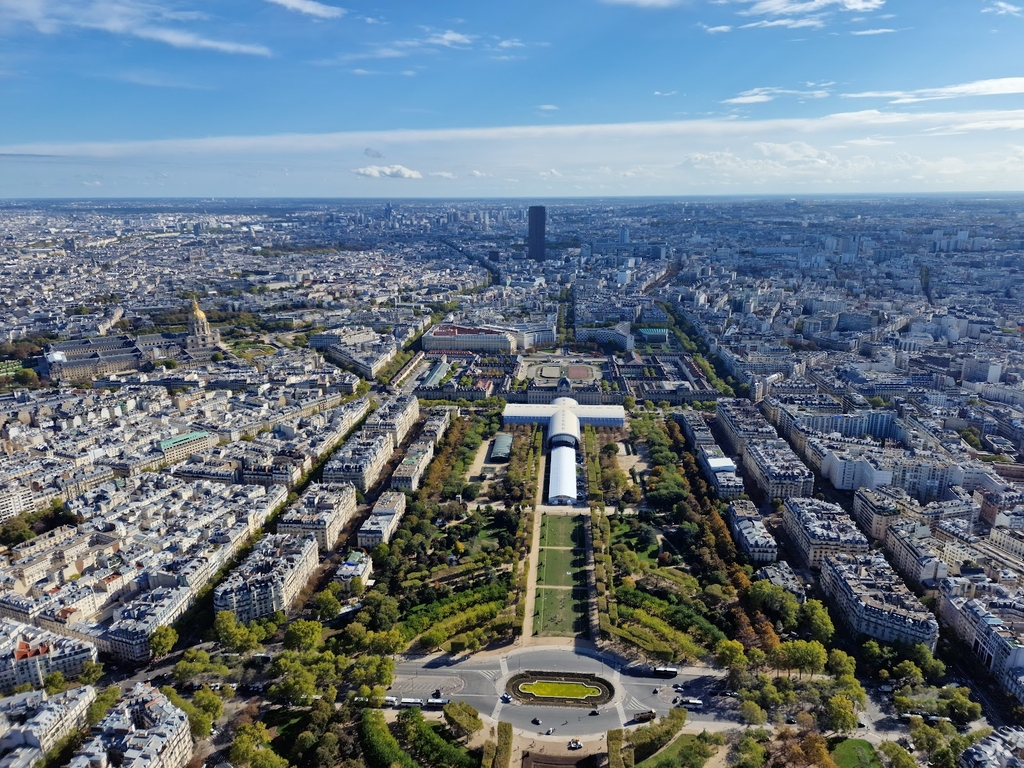
Champ de Mars (Source: Google Maps)
The Champ de Mars is a large public greenspace located near the Eiffel Tower, known for its expansive lawns and picturesque views. Originally a military parade ground, it has transformed into a popular recreational area where locals and tourists gather for picnics, leisurely strolls, and various events. The park’s design features tree-lined pathways and flowerbeds, providing a serene escape from the bustling city. It is also the site of annual celebrations, including Bastille Day fireworks, attracting thousands of spectators. The Champ de Mars serves as a vital green space in Paris, enhancing the city's charm and offering a perfect vantage point for capturing the Eiffel Tower's grandeur.
École Militaire
Head towards the École Militaire, a historic military academy that showcases impressive architecture and provides insight into France’s military history.
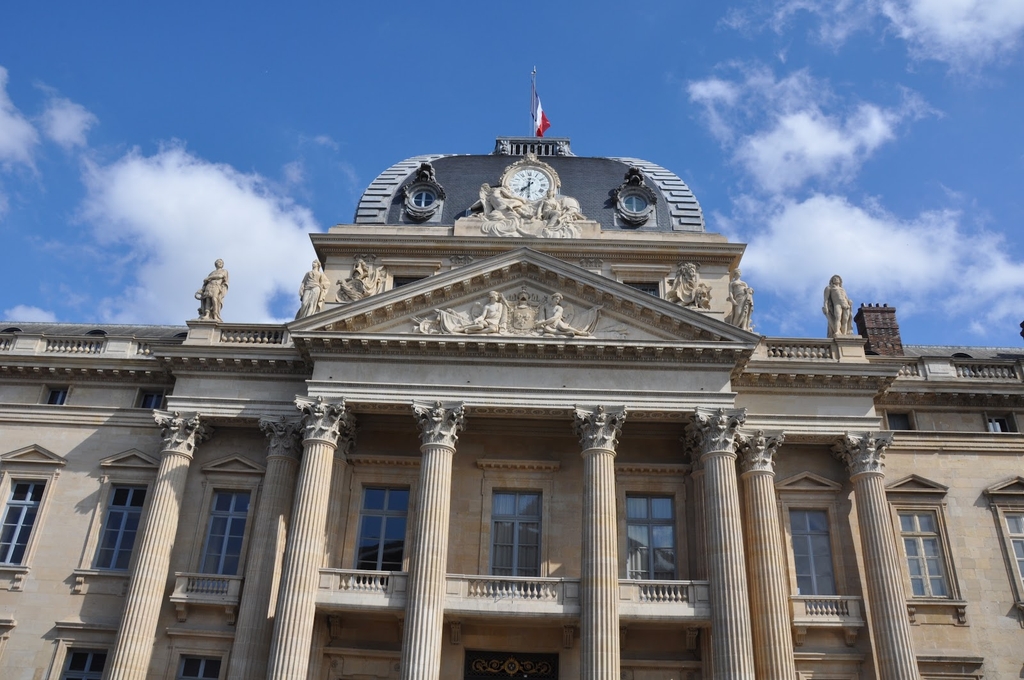
École Militaire (Source: Google Maps)
The École Militaire, established in the 18th century, is a historic military academy that has played a significant role in France's military education. Its impressive architecture, featuring a grand façade and a distinctive dome, reflects the neoclassical style that characterizes many of Paris's monumental buildings. Originally founded by King Louis XV to train military officers, the academy has evolved over the years and continues to educate future leaders of the French military. The École Militaire also houses the Musée de l'Armée, which showcases France's military history and artifacts. Its strategic location near the Eiffel Tower makes it an important landmark, symbolizing France's military heritage.
Les Invalides
Proceed to Les Invalides, a complex of buildings containing museums and monuments relating to France’s military history, including Napoleon’s Tomb.
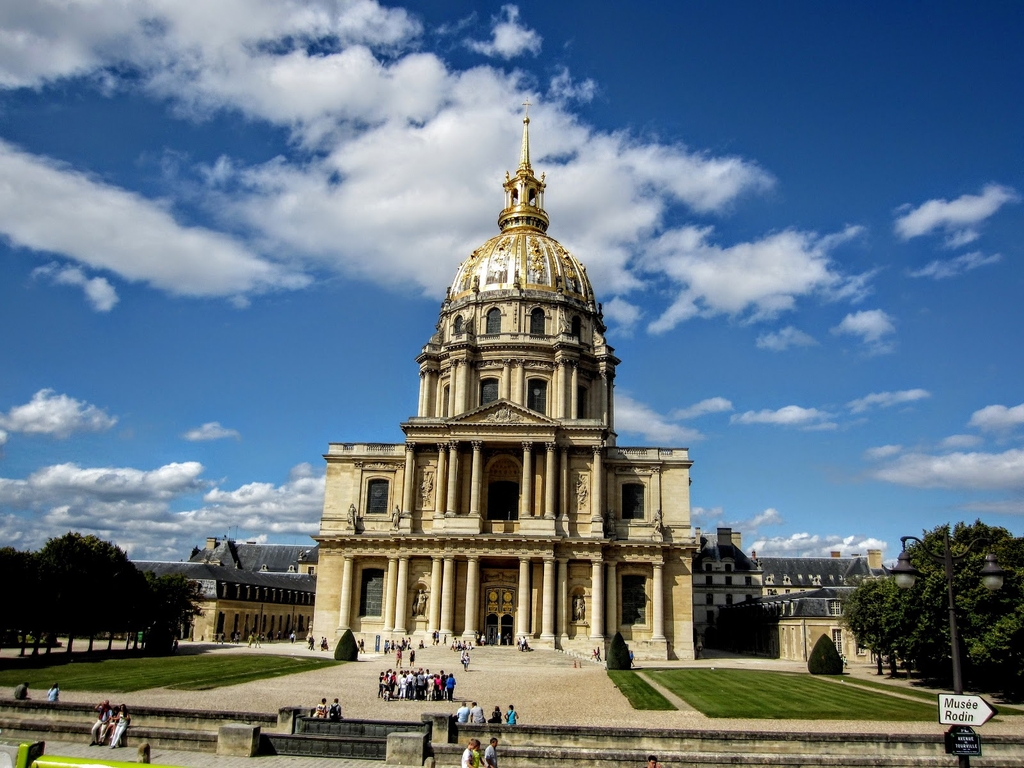
Les Invalides (Source: Google Maps)
Les Invalides, a complex of museums and monuments, is dedicated to preserving France's military history. Built in the 17th century by King Louis XIV, it originally served as a hospital and home for wounded soldiers. The complex is most famous for housing Napoleon Bonaparte’s tomb, which is located under the stunning dome of the Hôtel des Invalides. The architecture of Les Invalides is a remarkable example of Baroque style, with its grand golden dome dominating the Paris skyline. Visitors can explore various museums within the complex, including the Army Museum, which showcases military artifacts from different eras. Les Invalides stands as a testament to France's rich military legacy and architectural grandeur.
Café du Marché
Stop by Café du Marché on Rue Cler for a quick coffee or a light Parisian snack to experience local café culture.
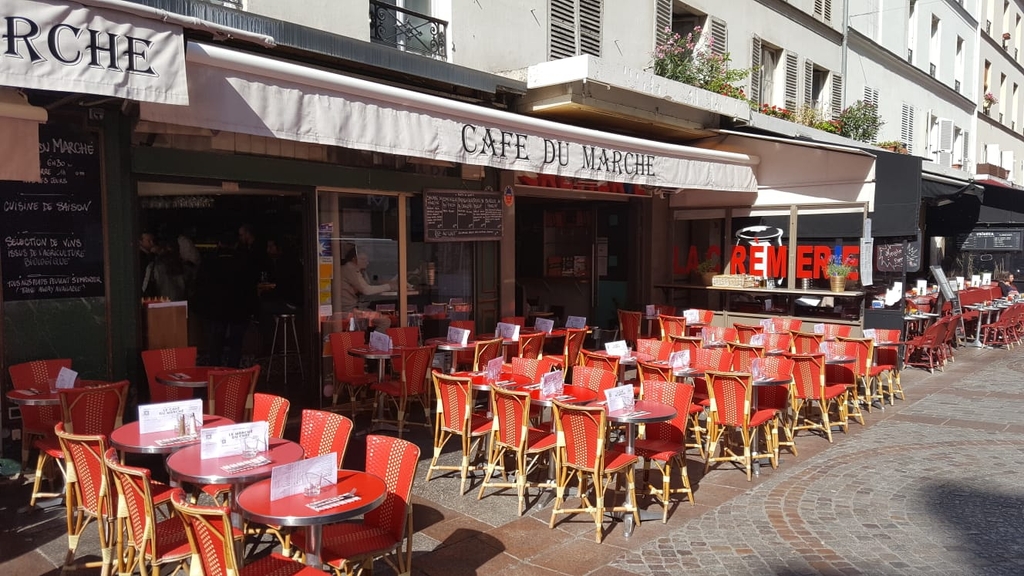
Café du Marché (Source: Google Maps)
Rue Cler
Take a walk down Rue Cler, a charming market street known for its vibrant atmosphere and selection of cafés and specialty food shops.
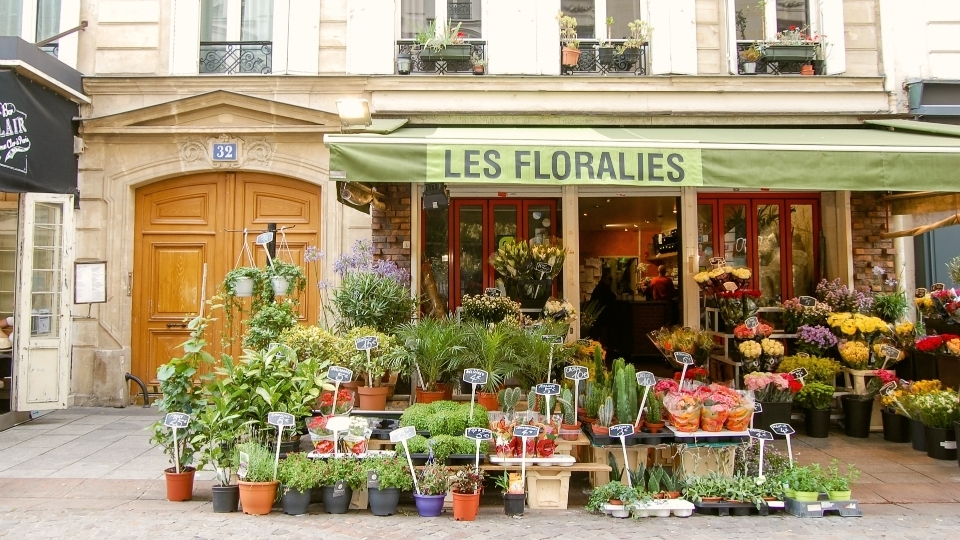
Rue Cler (Source: Google Maps)
Rue Cler is a charming market street that epitomizes the vibrant atmosphere of Parisian life. Known for its array of specialty food shops, cafés, and fresh produce stalls, it offers an authentic taste of local culture. The street is pedestrian-friendly, encouraging leisurely strolls as visitors explore the various vendors and indulge in delicious French cuisine. Rue Cler has a rich history, having served as a bustling marketplace for centuries. Its proximity to iconic landmarks adds to its appeal, making it a popular spot for both locals and tourists. The street embodies the essence of Parisian joie de vivre, inviting everyone to savor the flavors and sights of the city.
Pont Alexandre III
Conclude your tour at Pont Alexandre III, one of the most ornate and beautiful bridges in Paris, offering views of the Seine and surrounding landmarks.
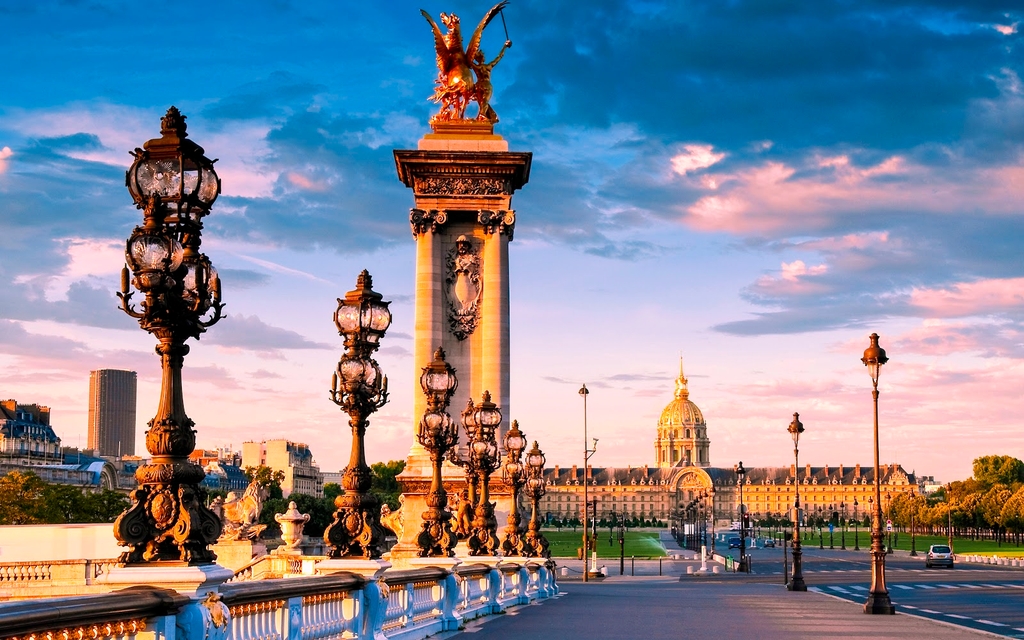
Pont Alexandre III (Source: Google Maps)
Pont Alexandre III is renowned as one of the most exquisite bridges in Paris, celebrated for its ornate design and stunning sculptures. Completed in 1900, the bridge was constructed to connect the Champs-Élysées and the Invalides, symbolizing Franco-Russian friendship. Its Beaux-Arts style features gilded sculptures, intricate lamps, and elegant arches that create a picturesque view over the Seine. The bridge is adorned with allegorical figures representing Arts and Sciences, showcasing the artistic spirit of the Belle Époque. Pont Alexandre III offers breathtaking views of the Eiffel Tower and the surrounding landmarks, making it a popular spot for photography and romantic walks. Its architectural beauty and historical significance make it a must-visit destination in Paris.

Your travels, your rules.
Create your own Free Walking Tours.
Set your preferences, distances and anything you want to do or see.
Completely free, no payment required.